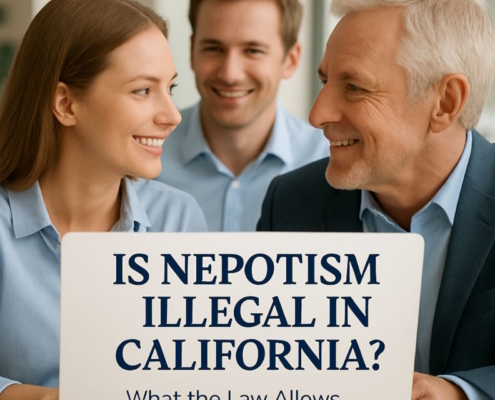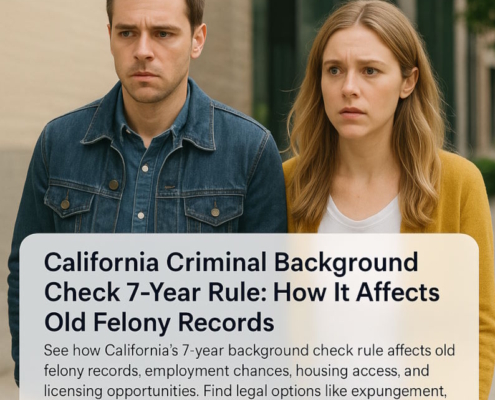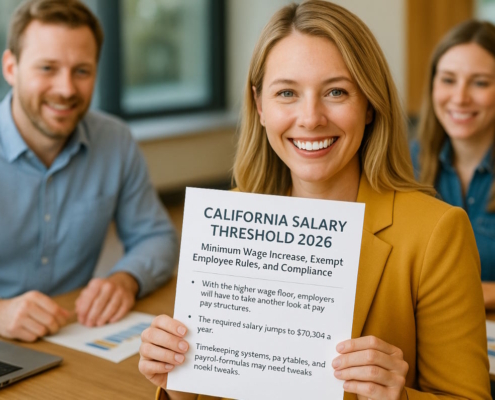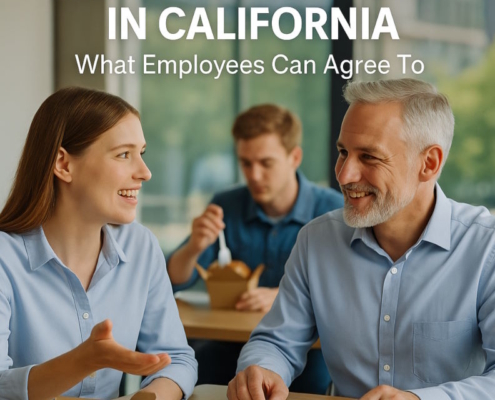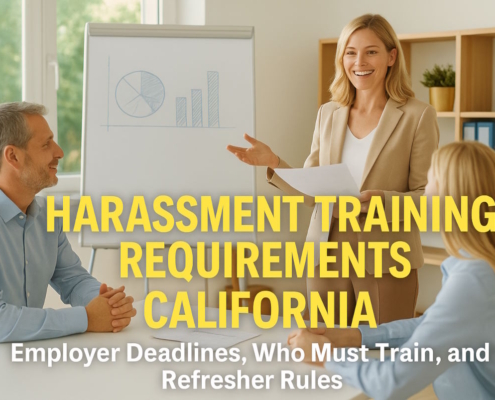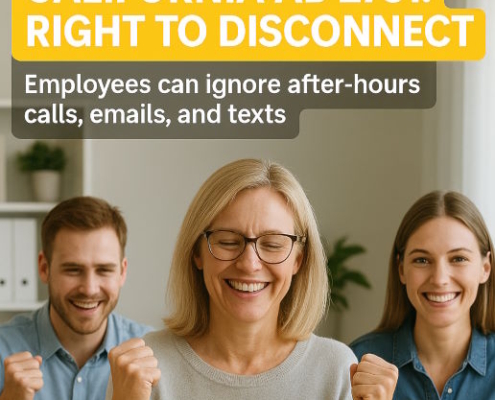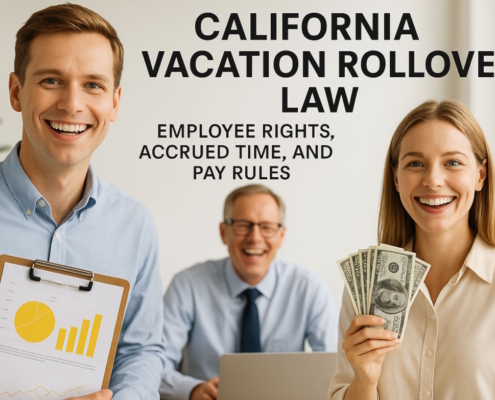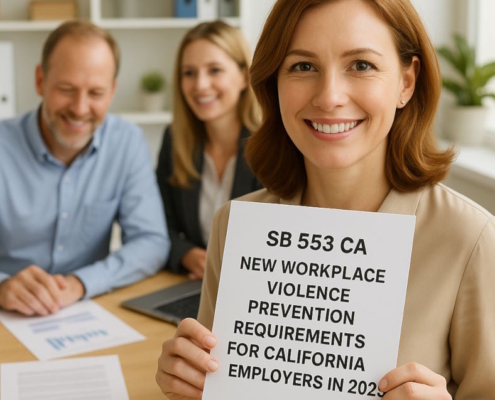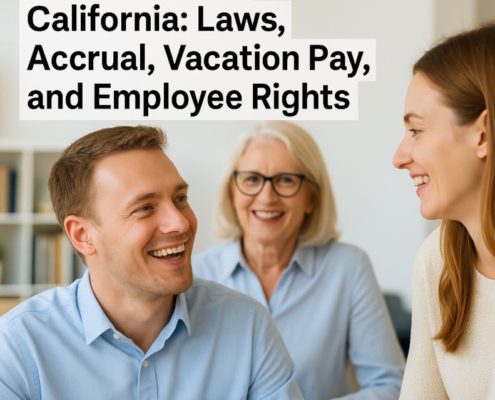In brief
- Depending on the length of the shift, California mandates that companies give their employees multiple rest periods in addition to a food break.
- It can be challenging to comply with these standards because of sector-specific exceptions, waiver conditions, and perplexing legal jargon.
- Misunderstandings are not a justification for improper rest periods in California. To stay out of legal hot water, employers need to be prepared to properly plan, monitor, and compensate for rest periods.
States have different rules regarding employee meals and rest periods. California is among the states with the strictest rules.
How can a company determine whether it is properly implementing meal & rest breaks in California? Let us go over what you should know about these regulations, the consequences of breaking them, and helpful advice to keep you in compliance.
Which laws in California govern meals & rest periods?
The Office of the California Labor Commissioner, also called the Division of Labor Standards Enforcement, governs break laws. It asserts that the majority of non-exempt workers in the state are entitled to two different types of breaks in California: meal breaks & rest breaks.
1. Meal breaks in California
People working in California have the right to a thirty-minute unpaid break for food if they work over 5 hours in a single day.
Employees who put in over twelve hours a day are entitled to an extra 30-minute unpaid food break from their employers.
To meet the criteria for an adequate meal break, a number of requirements must be fulfilled. Workers must be completely released from all responsibilities, the break must continue unhindered, and their supervisor cannot forbid or discourage it. Additionally, workers should be allowed to use their time in any way they want to. They have the complete freedom to eat food, leave the building, or take a short nap.
2. Not providing or refusing to provide a meal break
An employee is entitled to one additional hour of normal pay for each day that they are not given a meal break if their employer does not provide a fair meal period. It’s referred to as premium pay.
In addition to the one extra hour of compensation for an overlooked break, an employee’s meal break is deemed “interrupted” if it lasts less than thirty minutes and they have never agreed in writing to end it early.
Workers have the right to file a wage claim with the Labor Commissioner’s Office if they are not paid premiums.
3. Forgoing meal breaks
Can we skip the food breaks in California? Yes, but only in some situations. If the employee’s shift is less than six hours, the employee & employer can agree to forego the break for a meal. At the same time, if workers took their initial lunch break and worked over ten but under twelve hours, they could skip the subsequent 30-minute meal break.
A meal break should only be permitted if it will hinder an employee from finishing a crucial assignment; otherwise, it should not be the norm. Waiver of breaks in California should always be adequately documented in writing by employers to guard against litigation for unclaimed wages.
4. Meal breaks while on duty
In certain situations, workers are unable to completely relinquish their responsibilities during a meal or when on break. The following guidelines for on-duty times for meals will be applicable if that is the case:
The meal interval must be compensated if an employee is required to stay at the workplace or facility during that time.
Only in specific circumstances, where the scope of the work prevents employees from being completely free of their responsibilities during breaks, are on-duty meal periods permitted. Examples include security guards posted alone, coffee kiosk staff, and convenience store employees working the night shift.
Written consent is required from both the employer and the employee. The parameters of the on-duty lunch period should be specified in the paper, along with a clear notice that the employee may terminate the agreement at any moment if they decide they no longer want to take on-duty meal breaks.
Employees should only be required to stay at the property for legitimate work-related reasons during on-site lunch breaks, not just because they and their employers agree. Employees should be required to stay at the place of employment, even during breaks for food, due to the nature of their work.
5. Rest Breaks in California
- Ten minutes of paid relaxation must be provided by employers for every 4 hours worked, or a sizable portion of that amount.
- The best time to take a break is about halfway through the workday.
- The 10-minute rest period shall begin when the worker finds a suitable location to take a break from their workspace. Employers must provide a comfortable rest area that is accessible and distinct from the restroom.
- An extra hour of additional compensation at the employee’s regular rate is due if a rest break isn’t given.
Employees have to stay free from work obligations during their rest period, just like during meal breaks. Employees must also avoid being on call throughout this period. Workers have no right to rest periods if they work fewer than three & a half hours.
Workers are free to waive off their rest periods, but they must do so voluntarily and without interference from their bosses. Whenever a break has been missed/skipped, it’s recommended to record it in writing. The employer should include the reason for the absence as well as whether the employee consented.
Why it’s challenging to follow California’s break time restrictions
Even with the best of intentions, employers may find it challenging to get things right due to the intricacy of California’s break requirements. The following constitute a few of the most frequent obstacles that companies encounter when it comes to California’s meal & rest break laws:
1. Respecting industry-specific regulations and exclusions
California companies must make sure they adhere to relevant industry-specific requirements and exemptions in addition to the fundamental guidelines on paid rest intervals and unpaid meal breaks. Here are a few instances of this:
- Workers in the film business are required to take no less than a 30-minute break, but no more than an hour, after working more than six hours. Employers are then required to offer an additional meal break not later than six hours following the conclusion of the first one. (IWC’s Order Number 12)
- Workers in production who work past midnight must be given hot meals and beverages. (IWC’s Order Number 12)
- During shooting and rehearsals, athletes who are involved in physically demanding activities, like swimmers, dancers, and skaters, will get extra breaks. (IWC’s Order Number 12)
- In the mining, logging, drilling, & construction sectors, rest periods are often spaced out. This is done to avoid operational interruptions. If a break is missed, it has to be made up during the same day of work; if not, the employer is liable for a fine. (IWC’s Order Number 16)
- If a written contract is signed by both the employer and the employee, healthcare workers who are on duty longer than eight hours may choose to voluntarily forego one of the two meal breaks. Workers must give written notice of a minimum of one day before withdrawing the waiver. (Order No. 4 of the IWC)
Workers in 24-hour care homes for the blind, elderly, and developmentally challenged may be required to put in on-duty meal periods without receiving additional compensation, particularly if they are accountable for the care of children under the age of 18 or who continue to be in foster care and require round-the-clock assistance. This is appropriate if:
The staff member receives the same complimentary dinner as the residents.
Throughout the day shift, a complimentary meal is served, and the staff bears full responsibility for the residents.
2. Erroneous interpretations
Legal jargon is infamously vague and occasionally hard to comprehend. In any event, misinterpreting California’s break regulations can lead to expensive legal actions—Bono Enterprises, Inc. v. Bradshaw is one example.
Under the name ATS (American Temporary Services), Bono Enterprises Inc. was a temporary employment agency that provided workers to about 1,000 California companies. A Modesto manufacturing facility is one of their customers. ATS temporary employees stayed on the plant grounds during the 30-minute break for food because they were not granted security clearance.
A number of workers complained about not getting paid for lunch breaks when they were forced to remain on the property. ATS said that the rule’s language is imprecise & confusing.
ATS also said that workers have access to a cafeteria and relaxation places on the premises, and they are released from all job responsibilities during their lunch breaks.
The employees’ interpretation was accepted by the court, and the decision of the commissioner went in favor of the employees. The ruling spells out clearly that employees should be left to attend to whatever they feel like when they are off duty and having unpaid meal breaks, and this entails them leaving the building. They remain within the employer’s control if they have limitations on-site, and it is illegal.
Employers are cautioned and reminded to tread carefully by this case. It demonstrates how readily regulations can be misinterpreted. When in question or confronted with ambiguous laws/regulations, it is important to obtain legal counsel.
3. Monitoring the breaks in California
Employers have a responsibility to make sure that all breaks in California are given in accordance with the law, even though they are not in a position to regulate how workers use their breaks.
Knowing when a worker is eligible for premium pay and which periods are paid or unpaid presents challenges. Employers must also make sure that the system isn’t abused to obtain additional compensation, for example, by extending paid hours by modifying break times. Not to be overlooked are paperwork and monitoring waivers. The already significant workload of the Human Resources department’s workforce management is increased by these duties.




